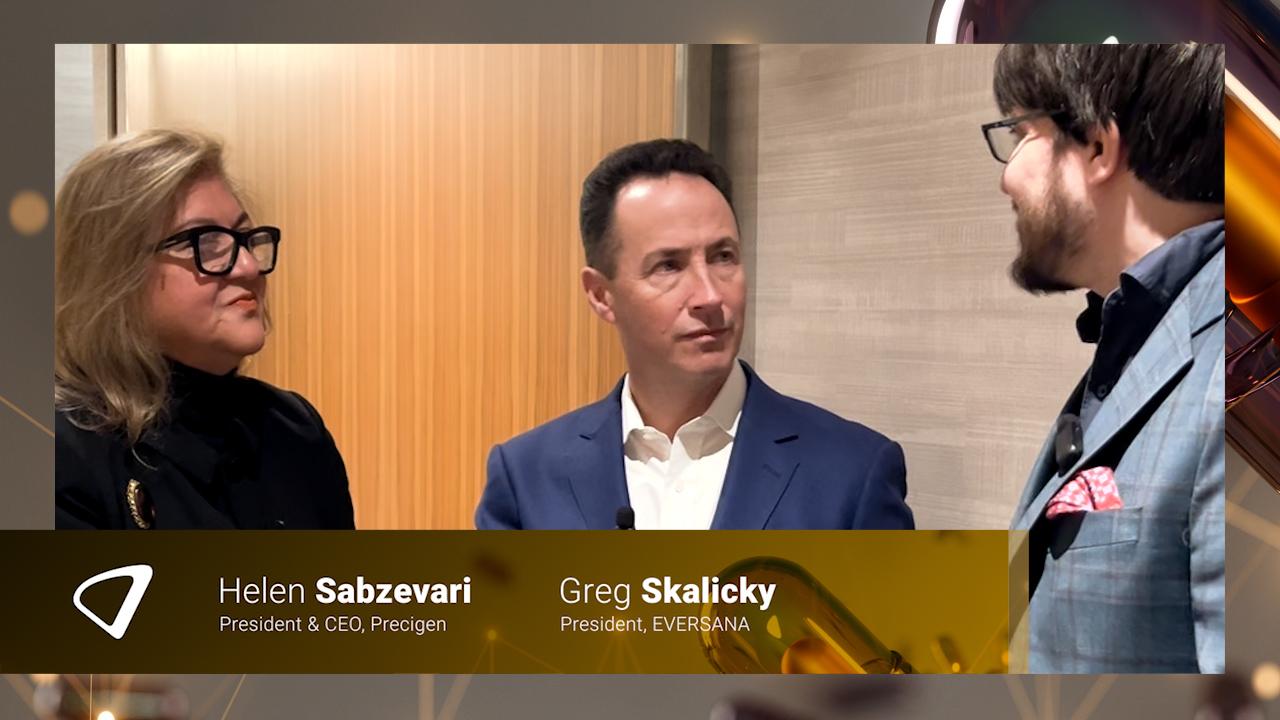Commercialisation of biotech assets – learning from the pioneers: part three

In the third part of his critical assessment of the options open to biotech companies to commercialising their assets, Dan Heapy considers the 'nuclear option' of selling the product – or company – completely.
(Continued from 'Commercialisation of biotech assets – learning from the pioneers: part two')
Having looked into building partnerships in the last part, I am now going to turn to what might be considered the most drastic solution to commercialising biotech assets – disposing of them altogether.
Unsurprisingly, this is often viewed as the end-of-line route, something to consider when other options such as collaborations have failed. Perhaps for that reason, it is a less popular choice, viewed by many as a question of selling yourself on the cheap in an attempt to at least recoup some capital.
But as we shall see, changes in the structure of the industry, and in particular the rise of 'intermediary companies', mean that there are in fact some positive reasons to choose the selling route, and it certainly is an error simply to view it as suitable only for the last resort.
For every OsteoArthritis Science Inc, which after 5 years of research eventually ran out of money – there will be a Sirtris, which effectively sold itself into GSK for a healthy $720 million. In this case the biotech made its money, even though eventually their products didn't reach the market.
So what are the advantages of choosing this route? Essentially, it offers a clean break, it is risk-free and trouble-free, and it enables biotech companies to concentrate on what they are good at.
The trouble for most biotechs is cashflow, and selling off a product which might not be part of your strategic plan (in terms of pipelines and disease areas) can be beneficial in this area, and it also enables you to stay focussed.
A key question when considering the selling option is to consider who is going to buy. This has evolved over time, and it is no longer just big pharma companies which are potential purchasers. A new breed of intermediary company has come onto the scene, and venture capital is also once again seeing the value of biotech assets. With a bigger choice of suitors, the opportunity to achieve value through sale has grown.
"With a bigger choice of suitors, the opportunity to achieve value through sale has grown."
These intermediary companies are plugging the gap between the drug discovery expertise of biotech, and the commercialisation expertise of pharma; in essence they are drug developers. They will buy a product at early stage development, and then progress it to a point further along the development pathway. They then have the same kind of choice that we have already looked at: partnering with a pharma company, or selling the product on.
A good example of this new type of intermediary is Biotie, which has bought a number of products and companies, including Elbion and Synosia (the latter for $120 million). They know that the value of the company increases as their products progress through development phases. By removing an element of risk, by getting a product to the stage where it is far more likely to succeed at market, they are increasing that value.
As pharma companies become arguably more risk-averse, so they are using these intermediary companies as a breeding ground, keeping that risk off their own balance sheets. For biotech too, the removal of risk through capitalising speculative assets can be a good move.
The key question for biotech is how to achieve the best price for your asset, especially given that there has to be room for the intermediary company (or indeed the pharma company) to add value for themselves in return for taking on the risk. There are three areas to consider:
1. You cannot escape the need to commercialise your assets. It is a very similar approach to traditional pharma marketing: segmentation, opportunity assessment, marketing strategy. It's just you are selling the whole shooting match, rather than ultimately selling the product to doctors. The actual marketing process needs to be undertaken in much the same way.
Once you understand who is buying, you can start to make your product – or company – more attractive to that buyer, by linking your drug development to the ultimate market opportunity in a way that the potential buyer will respond to.
"You cannot escape the need to commercialise your assets."
This is an area that many biotechs struggle with, but it is vital if they are to achieve maximum value. Just because you are going to sell to someone else who will commercialise the product to the end market, does not mean that you don't need to do the commercialisation work for the sale itself.
2. You want the buyer to come looking for you, because otherwise your asset may snapped up for far below what it is actually worth. You have to make yourself as attractive as possible, effectively communicating the market opportunity that your drug offers to potential buyers. That means a communications plan which will dangle the opportunity in front of them.
3. Of course, biotech needs to learn from the new intermediaries as well: you add value to your product by taking it as far as you can. Don't sell too early; the longer you can develop the asset within the sphere of your capability, the higher the value will be. But only if you have – or can buy in – the expertise to move your product onto another level.
In the new environment, then, the 'nuclear option' of selling is not necessarily a last resort choice. It can be a sensible way of preserving cashflow and focus, and recouping value for the drug discovery work that biotech does. But it shouldn't be viewed as a way of avoiding the commercialisation task altogether – to achieve maximum value via this route, that still needs doing.
Part four: Going it alone and launching the product yourself will be posted on pharmaphorum on 25th November.
About the author:
Dan Heapy is Associate Partner at The MSI Consultancy – a CELLO HEALTH Business. Follow him on Twitter @DanHeapyMSI. He can be contacted at dheapy@msi.co.uk.
Do you view selling biotech assets as a last resort choice?











